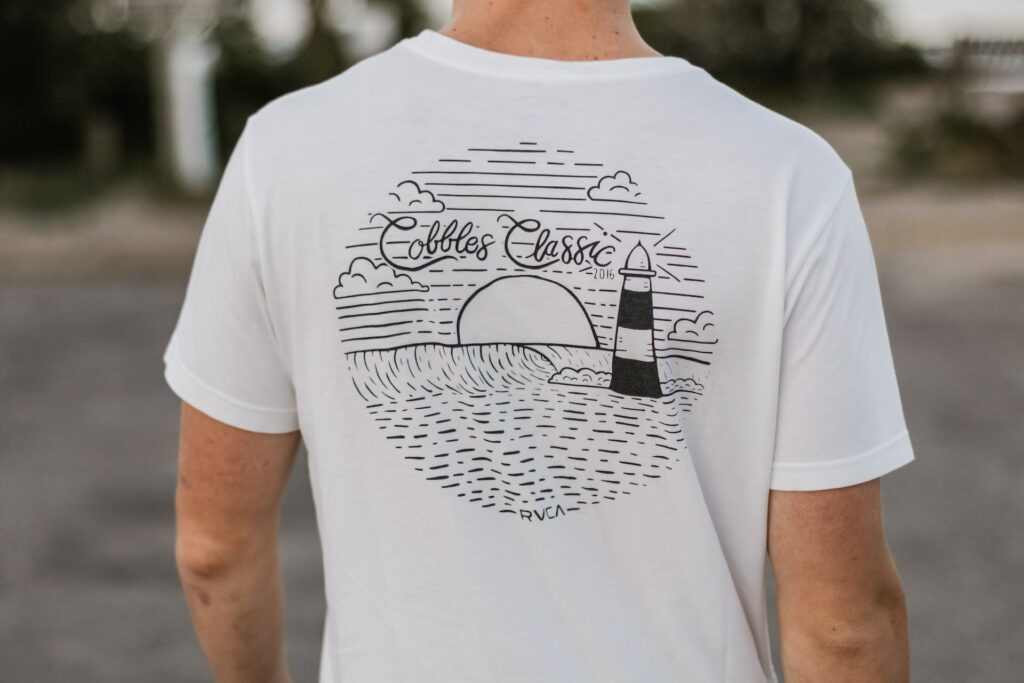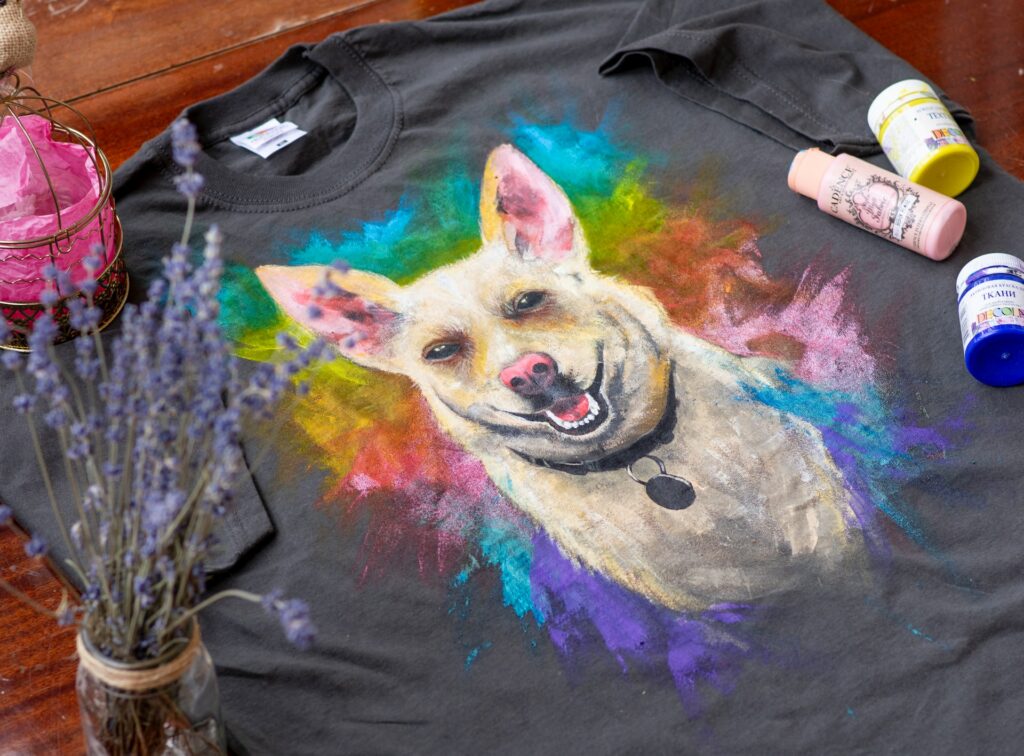Although the process of screen printing may appear to be straightforward, the appropriate method can produce a variety of print effects.
The various screen printing techniques are used to achieve a particular appearance that complements your desired style.
You might need to make changes to the design as a whole or your artwork file in order to get certain looks. We will walk you through those steps, so don’t worry!
You will learn more about the best methods for printing T-shirts in this guide, examining how each one works, the process, and the final results.
Screen printing shops all over the world make extensive use of each of these approaches.
Post Contents
About Screen Printing
Screen printing is one of the most well-known, widespread, and well-established methods utilized by print shops.
Screens are used to apply ink to clothing and other materials in the process. Screen printing, also known as silkscreen printing, is a versatile and efficient printing technique that enables the production of T-shirts with exceptional quality and a tactile feel.
Additionally, it is possible to achieve vivid, bright colors and maximum durability due to the inks’ deep penetration into the fabric.
Experts believe that this is one of the oldest methods of printing T-shirts, dating back to ancient China.
However, Andy Warhol’s iconic Marilyn Monroe portrait was the catalyst for its popularity in the 20th century.
Since then, flatstock products like band posters, art prints, and view more graphic t-shirts have been made from it.

What Is The Process Of Screen Printing?
Design Creation Screenprint designs are frequently created using illustrator or other software.
Before starting to create your design, you should check that your file is in the right format.
Size matters a lot, so check to see that the file can be resized to fit the print surface.
Formatting the files A perfect print requires vector files. The mathematical calculations that produce lines and figures on our monitors are known as vector files.
These vectors can be expanded or decreased as much as you want without affecting the quality, in contrast to working with pixels.
The artwork must be separated, with each color on a different layer, in addition to being saved as a vector.
This is because different screens are used to print each tone during the screen printing process.
Preparation of the Screen A photosensitive emulsion must be applied to the screen.
The green background you might have seen on a screen for screen printing is the result of this.
Although this is a straightforward procedure, care must be taken to ensure that the liquid is distributed evenly.
The photosensitive emulsion must be allowed to dry in a cool darkroom for it to function properly.
The entire procedure could be put in danger if the emulsion is exposed to light at the wrong time.
Stencil Creation After the screen has dried, the design is positioned on top of it and adhered with an adhesive.
The screen is then exposed to a powerful UV light source. The remainder of the screen will remain soft, while the hardened areas that have not been covered by the design will harden.
The design has, in effect, been incorporated into the emulsion now. Using a small brush and water, the design can be removed once-tech.com the screen is completely dry.
The artwork will be left with one negative element, and it is now ready to be printed with the appropriate ink and method.
Color Separation If your design has more than one color, the process is repeated so that each color is divided into its own layer on various screens. Therefore, you will require two screens for a design with two colors.
Application Now that the screen is prepared, the actual printing process can begin.
The screen will be carefully positioned on top of the T-shirt before it is placed in the screen printing machine. After that, a squeegee will be used to spread the ink out evenly across the screen’s surface.
What Kinds Of Screen Printing Are There?
Screen printing allows you to create a variety of finishes, including glow-in-the-dark and crackle, as well as a variety of techniques for achieving a particular look for your print. When you’re trying to achieve a particular look or an individual style, you can use these various methods.
Spot Color Screen Printing
The most common printing method for t-shirts is spot color screen printing. By printing it through the screen’s stencil, it makes use of the ink’s default color.

Depending on the ink and mesh count used, it produces a vibrant solid color spot and a thicker layer of ink.
Because it is one of the best ways to print darker clothing. It can be used to print one to four colors; Other printing techniques, such as the simulated process, might be a good choice if you have more spot colors.
Spot colors can produce prints that are significantly more vibrant and detailed because they layer an infinite number of colors.
Spot colors offer better consistency from print to print in addition to the variety of options.
When using process inks to print a solid color, the consistency of the color may be affected by minute shifts in the color balance.
Spot colors may be more expensive, but they can make a big difference in your project, making the extra money well worth it in the end. Take a look at “How to Screen Print: Color in Spots”
Halftone Printing
Halftone prints are printed with gradients in one or more colors. These tones can be halftones of the same color or solid spots.
When you want to mimic multi-color printing without actually printing it, this screen printing technique is ideal.
Halftone screen printing allows for the printing of pictures using only one color and places an emphasis on shading through the use of tiny dots.
For instance, if you want your white t-shirt to have a radiant pink color, you could print red on it and include a 50% gradient.
Using only one color and a single screen, the pink appearance of the 50% gradient will be created by mixing with the white.
When printed directly onto the garment, it produces a print that feels softer and improves the quality of the graphics.
Check Grayscale Printing Full-color images can be printed as one-color grayscales or halftones using grayscale printing.
It is possible to print photographs in full color as a one-color halftone. A one-color halftone can also be used to create full-color drawings with every color in the rainbow.
On light clothing, it is typically written in black, but technically, it can be written in any color. The number of lines per inch used in the dot pattern will determine the resolution.
The print will appear more detailed the more dots a halftone has. Black-and-white photographs can be printed on clothing using this cost-effective screen printing method.
Watch “Using halftones, convert a full-color image to grayscale for screen printing.”






























